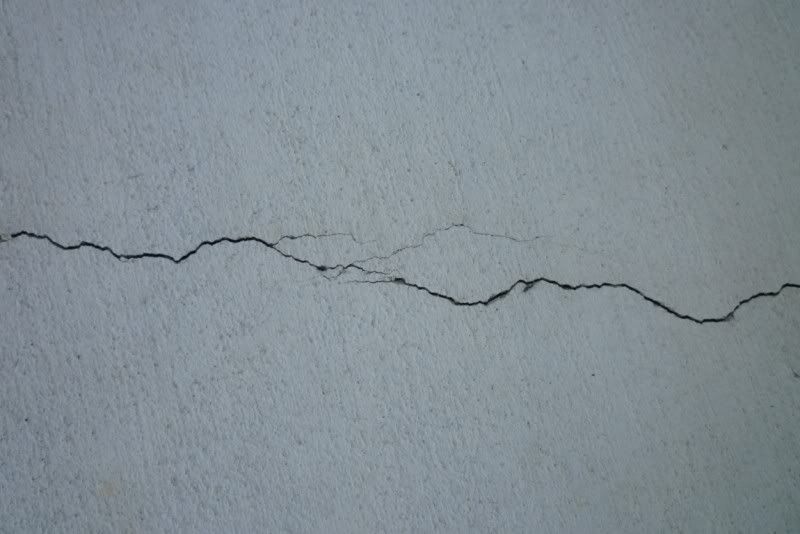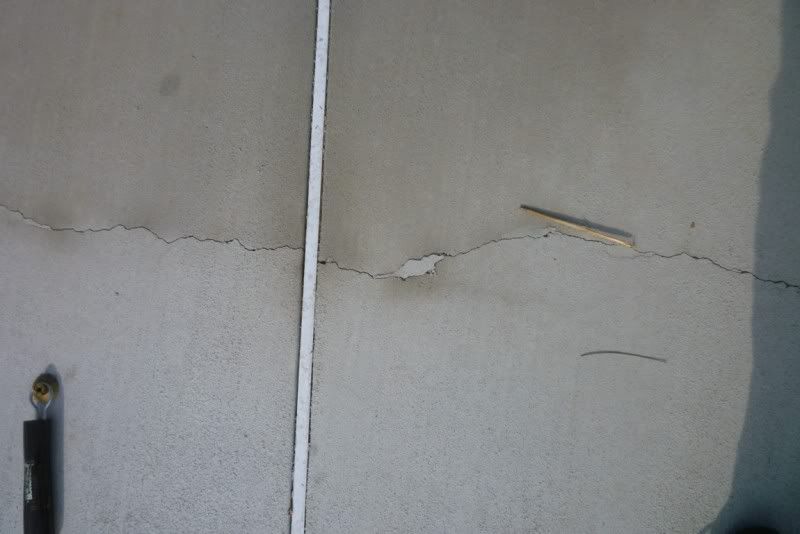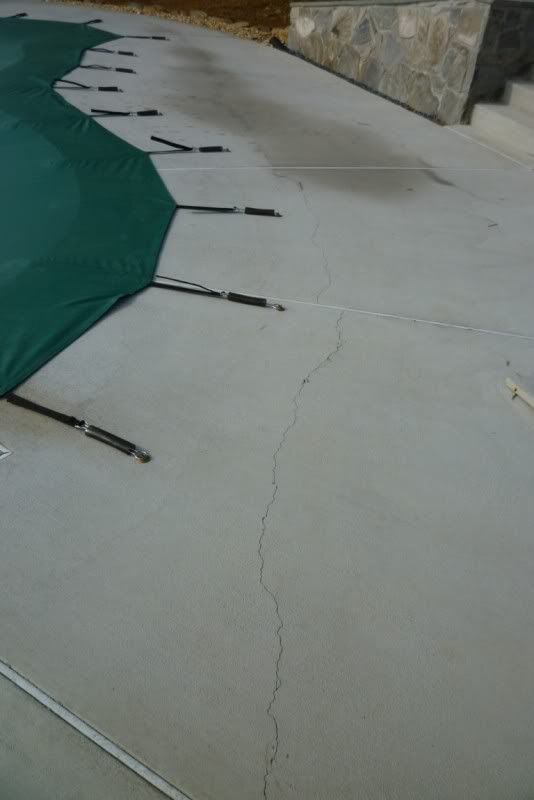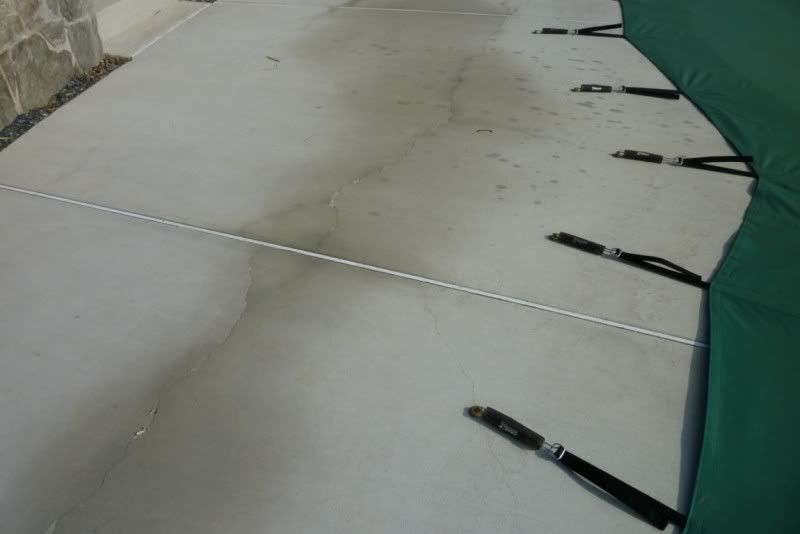We had an inground pool put in last summer, but because of permitting delays it wasn't finished until October. Anyhow, last week the snow finally melted and as I walked around the deck I noticed a long crack in the concrete deck that extend over several "pannels". It's about 50 feet long and is pretty much in one direction but there are some other "side cracks" in some of the pannels.
Here's a close up of the crack:

Here's a shot of the crack crossing two concrete "pannels":

These next two show the length of the crack across the deck:


I called the builder (and sent photos) and he's sending his concrete subcontractor out there today to look at it. When we spoke on the phone he said it looked like it was a bad batch of concrete. Does that make sense? To my untrained eye it looks like the ground/gravel under the deck settled and caused the crack.
What do you pros think?
Thanks!
Bart
Here's a close up of the crack:

Here's a shot of the crack crossing two concrete "pannels":

These next two show the length of the crack across the deck:


I called the builder (and sent photos) and he's sending his concrete subcontractor out there today to look at it. When we spoke on the phone he said it looked like it was a bad batch of concrete. Does that make sense? To my untrained eye it looks like the ground/gravel under the deck settled and caused the crack.
What do you pros think?
Thanks!
Bart


 It just does. Sometimes more diligence in the install helps, sometimes it doesnt. This looks like something though the builder should definately look at. Sounds like he is going too.
It just does. Sometimes more diligence in the install helps, sometimes it doesnt. This looks like something though the builder should definately look at. Sounds like he is going too.